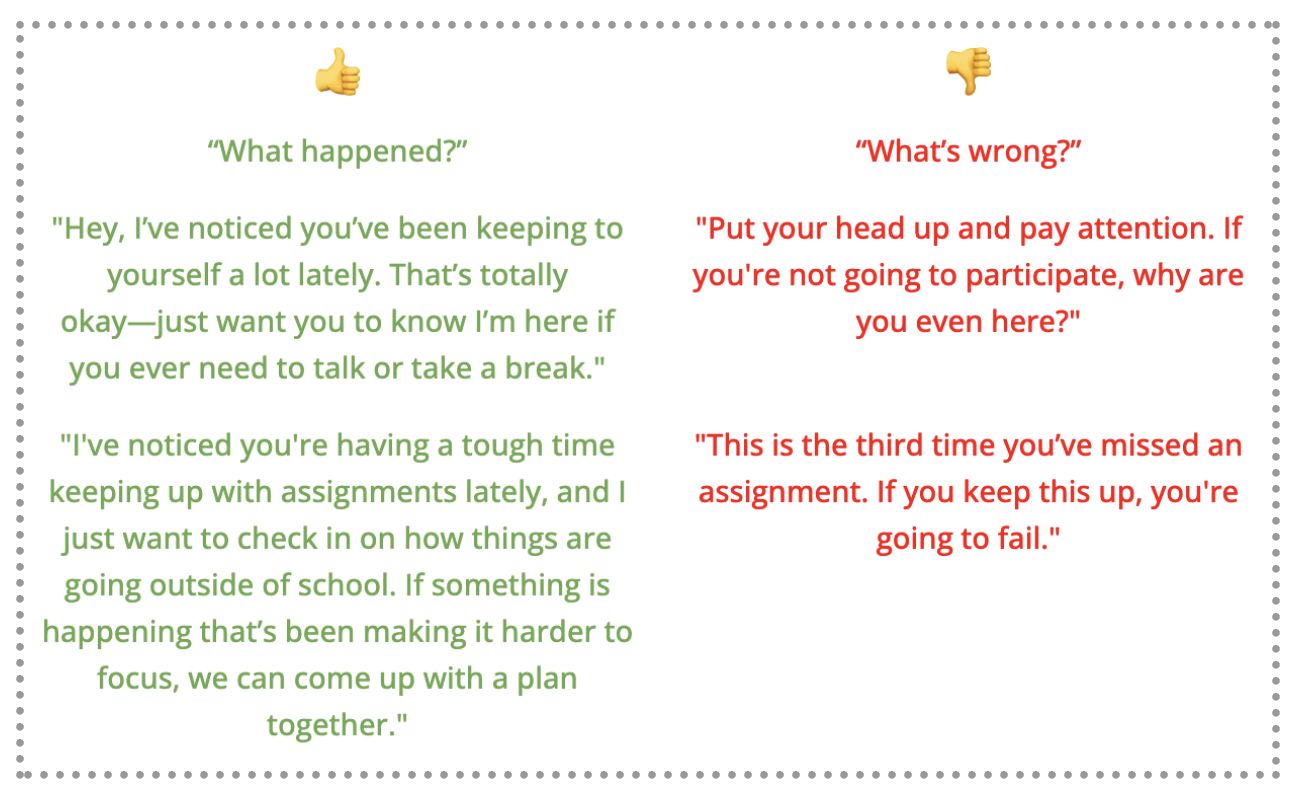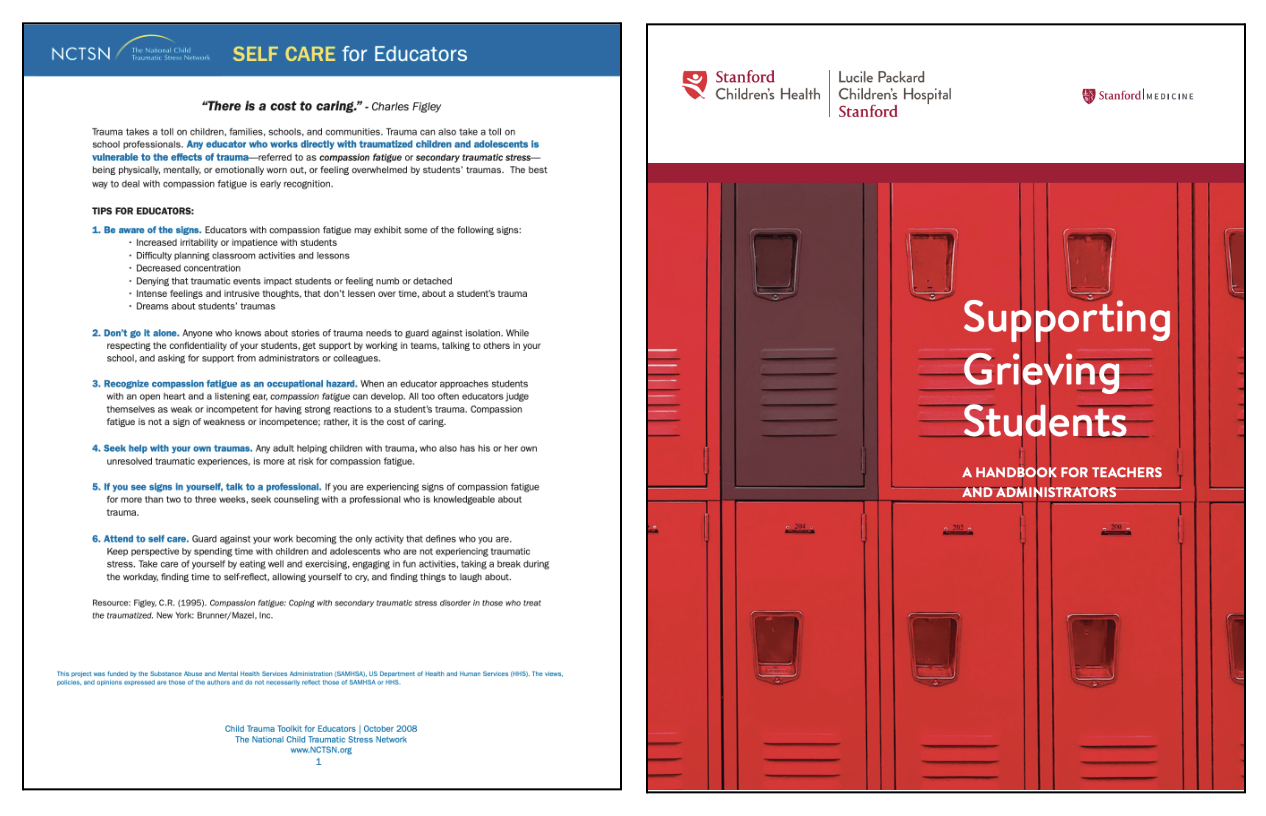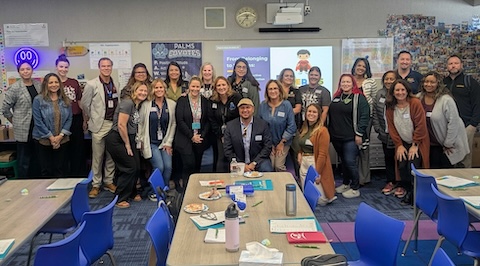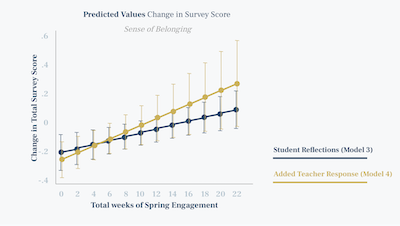Supporting Students Through Trauma and Grief: A Guide for K–12 Educators

.png)
When students walk into their classrooms each morning, they don’t leave their life experiences at the door.
For children worried about sick relatives, community violence, family problems, or other issues, school may be the one place that feels steady when everything else is uncertain. It’s where they find caring adults, daily routines, and moments of safety.
Given these realities, school communities often serve as the front line for students navigating trauma, grief, and loss. This means educators play a pivotal role in helping students heal, stay connected, and continue learning—but many are not equipped with the training or tools to do so.

That’s why it’s essential to seek evidence-based strategies and practical resources to support students during difficult times. Thankfully, this process is made easier by organizations like the National Center for School Crisis and Bereavement (NCSCB), which helps schools and districts be better equipped on response, education, training, advocacy, and research.
As the director of the NCSCB, Dr. David Schonfeld has spent over 30 years working with schools in the aftermath of some of the nation’s most severe crises and disasters. Extreme events are more rare, but with 90 percent of children losing a close family member or friend by the time they complete high school, it’s crucial for all districts to at least develop response plans for common occurrences of trauma and grief.
“There's not a question about whether or not kids are going to experience loss,” Dr. Schonfeld explained, “it's just a question of how prepared we are to support them when it does happen—and it will happen.”
Along with hearing Dr. Schonfeld’s keynote speech at the 2025 SSWAA National Conference, I also discussed this topic in depth with Sown To Grow team member Dr. Monica Coverson, who’s the former Director of Social Work and Trauma-Informed Schools for Metro Nashville Public Schools.
Based on insights from each expert, as well as information from other sources—including the Coalition to Support Grieving Students—here are five ways for educators to help young people process and manage the devastating challenges of grief and loss.
1. Build predictable schedules and safe environments

Trauma disrupts a child’s sense of security, so establishing ways to build predictability is a vital anchor for students grappling with grief.
A safe school environment to process emotions and experiences should include
- Calm and consistent classroom routines and transitions
- Physical spaces free from overstimulation
- Designated “calm corners” or sensory tools to help students regain emotional balance after triggers
Creating stability in this way helps students feel safe enough to express grief, while still doing their best to continue the learning process and engage in school life.
2. Prioritize relationships over rules

Research shows that strong, caring relationships can buffer some of the negative impacts of trauma. Rather than defaulting to rule enforcement, educators are encouraged to invest in building trust and connection with students.
Teacher/student rapport can be developed with the help of
- Proactive check‑ins (“How are you today?”)
- Acknowledging life events and offering simple words of support (“I’m here if you want to talk”)
- Facilitating peer support groups, which can reduce isolation and accelerate healing
By centering relationships, educators are supporting students’ resilience and will be better able to notice early signs of distress.
3. Respond with empathy, not punishment

According to the National Association of School Psychologists, children in grief may exhibit behavioral changes—withdrawal, irritability, concentration lapses, or perhaps even some type of physical pain.
However, instead of disciplinary action, empathy, validation, and support are preferred. By simply exploring what a student is feeling and then responding with understanding, educators can transform moments of distress into opportunities for learning and healing. Some helpful phrases might include

4. Use practical tactics to meet students and families where they are

Understanding people’s place in the grieving process is extremely important to determining the appropriate actions to take in each situation. The following practices are helpful to implement when and where students are ready:
- Offer flexible emotional outlets: Drawing, journaling, or listening to music can be calming and/or cathartic for students who aren’t ready to speak aloud.
- Educate peers and families: The Coalition urges schools to support grieving families and guide peers by sharing facts to combat myths, suggesting ways to empathize, and promoting peer support groups. Schools can also host workshops or share newsletters to build a broader culture of understanding.
- Engage school mental health professionals: Resources provided should include modules on Grief Triggers and other materials to guide teacher-counselor collaboration. Additionally, classrooms can incorporate social-emotional learning (SEL) to support universal trauma needs. For students who would benefit from more intensive intervention, schools should offer counseling, bereavement groups, or trauma‑focused therapies.
5. Offer self‑care for educators along with students

Supporting grief takes an emotional toll, so it’s important for educators to sustain capacity to help others—and avoid their own secondary trauma—by practicing self-care. This includes access to wellness resources, peer support, and scheduled recovery time. The following materials can assist with this:

📍 Click to access each resource: The National Child Traumatic Stress Network (NCTSN): Self-Care for Educators tip sheet (left), and Stanford Children’s Health: Supporting Grieving Students, A Handbook for Teachers and Administrators (right), see Module 10: A Teacher’s Grief
Equipped with empathy, and ready to care
Educators who lead with compassion, consistency, strong relationships, and accessible resources have the power to transform schools into safe havens for grieving students. By building predictable environments, prioritizing connection over discipline, responding with empathy, offering practical support, and caring for themselves, educators can make a profound difference.
For K–12 leaders committed to student well-being, integrating trauma-informed practices isn’t just good pedagogy—it’s essential for healing and cultivating thriving school communities.




.png)
.png)
.png)







